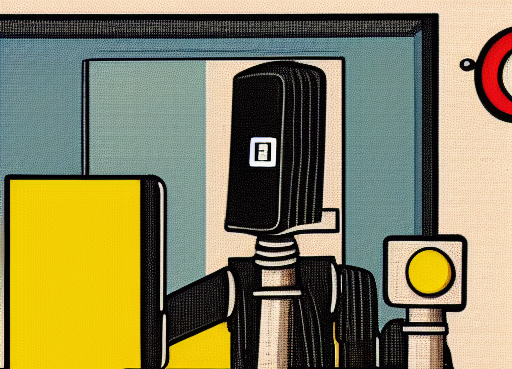Robots are taking over the world.
This is not a drill and it’s not hyperbole. It’s happening every single day, to every single process in our lives.
We’ve automated our air conditioning and programmed our coffee makers. We’ve eliminated late bills with online bill-pay and score front-row movie tickets with one tap of our phones. Our daily lives have been greatly enhanced by the automation of the rote and routine. These robots help us save money, save time, and focus on the tasks that really require our attention.

This image was generated by Jasper AI image generator.
Marketing automation has, in many ways, done the same for our professional lives as marketers.
According to ChiefMarTech.com’s annual marketing technology landscape survey, there were over 7,000 vendors of marketing automation software in May of 2019. Marketing automation was a $3.3 billion dollar industry in 2017 and growth is predicted to be 30% annually.
That’s 7,000 tools that help automate the relationship between brands and their customers. Seven thousand tools that dilute, mediate, amplify and scale the conversations necessary to do business.
The general adage is if you do something twice, you should automate it. That’s why so many tools exist; someone somewhere got sick of doing the same thing more than once. In that regard, brands have been able to automate their customer experience in a way that would be far too expensive and time-consuming to do well at scale by humans.
But at what cost? It’s not hard to see through the automation. To delete the repetitive emails. To ignore the LinkedIn spam. The internet is filled with bots that hardly scratch the surface of helpful, and plenty of automations that are instead, annoying and harmful to the brand.
In the end, these marketing tools are just that: tools. As they continue to proliferate, it will be the marketers who learn to maintain the human connection despite the tools who make a true impact.
